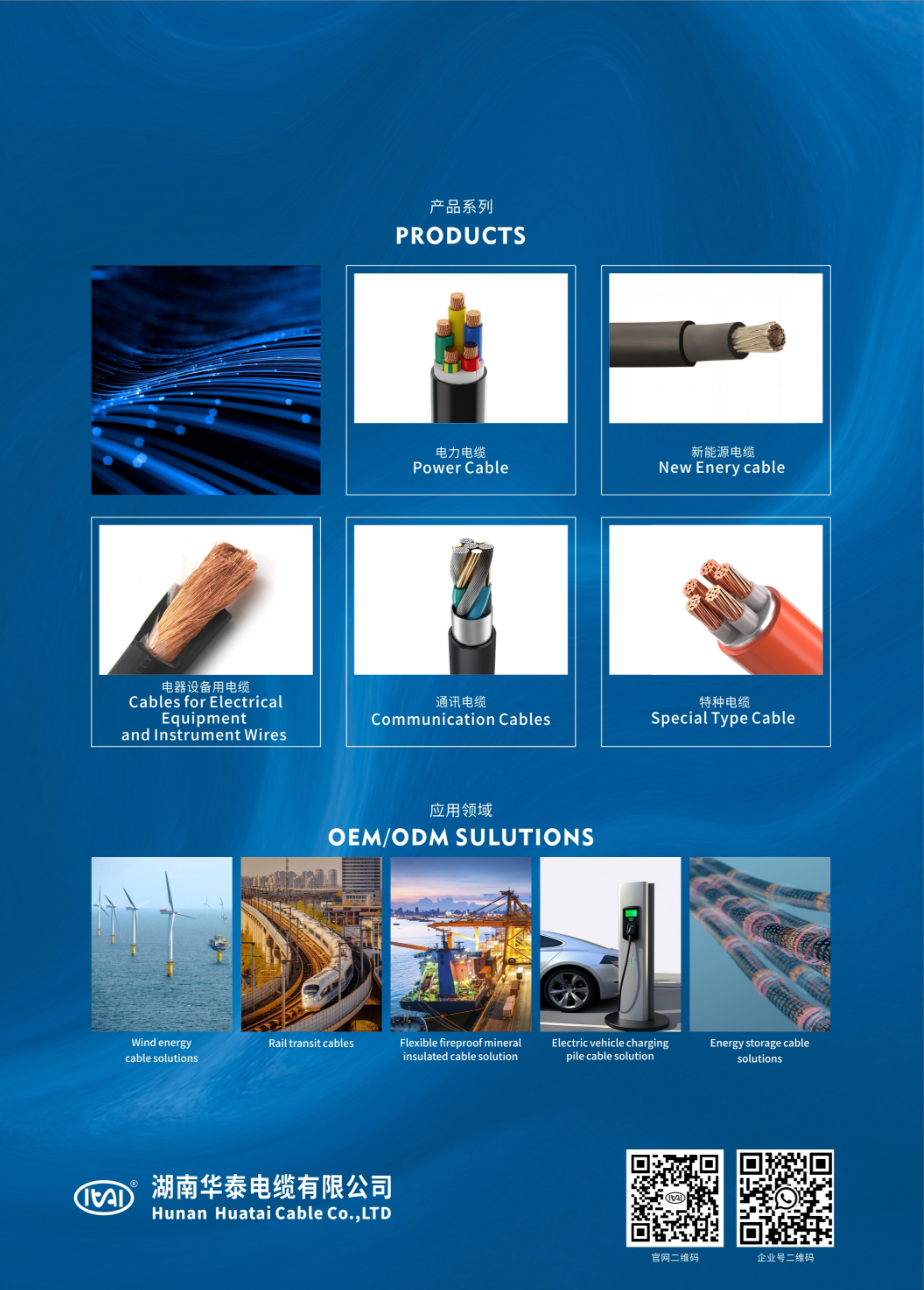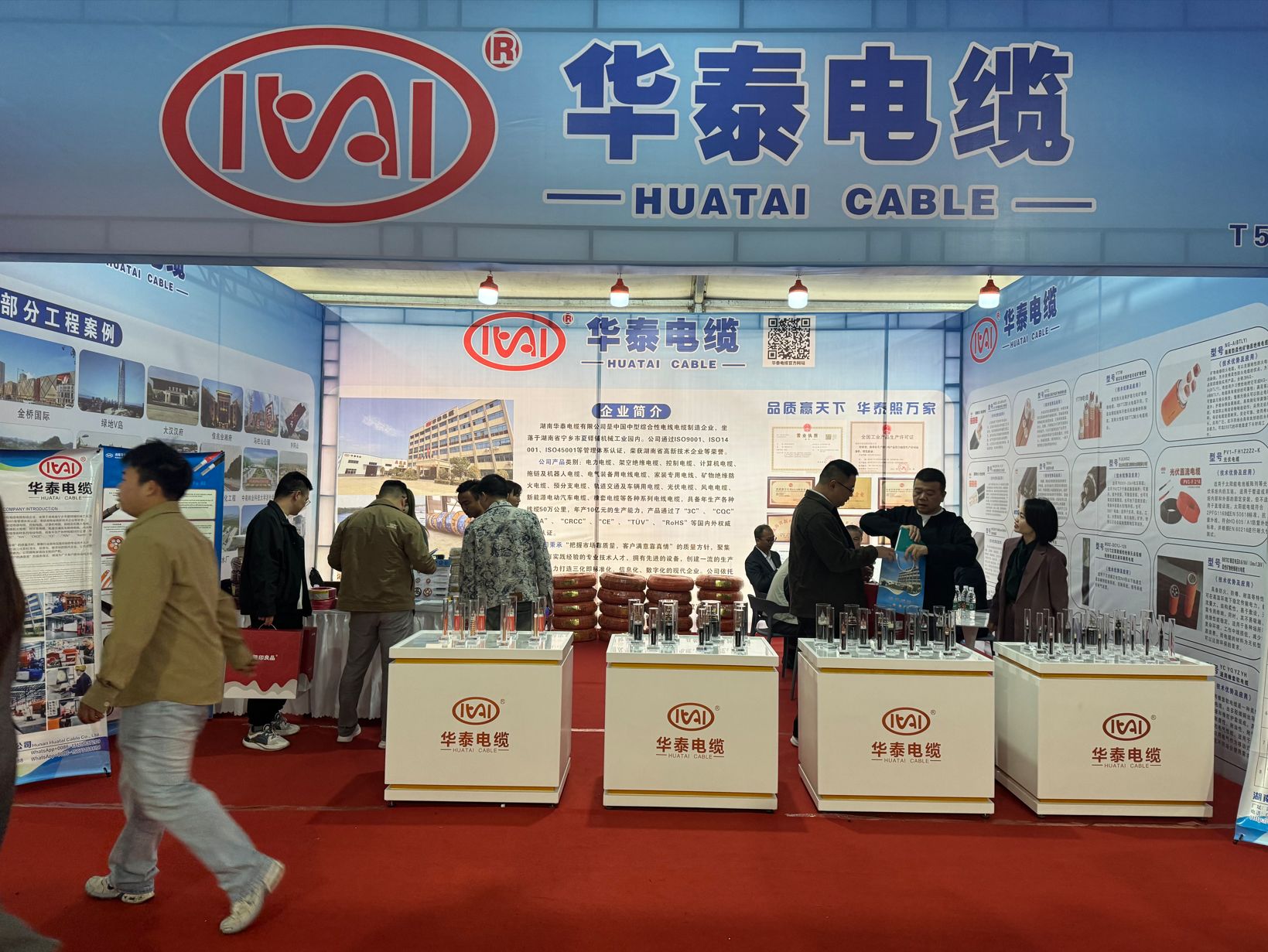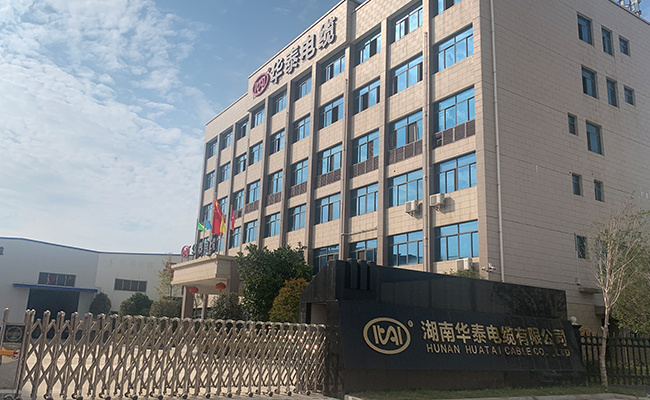Peroxide crosslinking
Time of Release:
2022-11-26
Source:
Author:
The peroxide crosslinking method is a method of initiating crosslinking by adding a crosslinker. Its main advantage is that it is suitable for the production of cross-linked polyethylene insulated power cables of various voltage levels and various sections, especially medium and high voltage cables of 35kV and above.
1. Steam Crosslinking (SCP)
Steam crosslinking manufacturing technology is one of the most "ancient" crosslinking methods evolved from the background of rubber continuous vulcanization technology. This method uses superheated hot water steam with a pressure of 15~20kg/cm2 and a temperature of 180~200 °C as the heating and pressurization medium to crosslink polyethylene. Steam crosslinking was successfully studied by GE in 1957. Japan's Sumitomo Electric Corporation introduced this technology in 1959 and started production in 1960.
Since the water vapor is in direct contact with the molten polyethylene in the crosspipe, the water will penetrate and diffuse into the insulation. During the cooling of the cable, the water vapor inside the insulation reaches saturation and micropores are formed, which in turn causes the branches to discharge. This is the Achilles heel of this method. In addition, the pressure inside the crosslinked tube is directly related to the temperature. To increase the temperature, the pressure must be increased at the same time. For every 10°C increase in temperature, the pressure increases by 5kg, which is practically impossible. Moreover, steam crosslinking requires 200~300 kg of steam per hour, equivalent to 200~300kW of electric energy. As a result, since the sixties, some new dry crosslinking processes have appeared.
2. Infrared crosslinking method (RCP) and dry crosslinking
The infrared crosslinking method, also known as the thermal radiation crosslinking method (RCP), is a dry crosslinking process invented by Sumitomo Electric Corporation of Japan in 1967.
The method of crosslinking polymers with infrared rays was patented by the French company General Electric (GE) as early as 1937 for the vulcanization of rubber products. In 1961, Gray (W. Gray) of the United States R. Grace) patented the use of infrared irradiation to manufacture polyethylene film. Japan's Sumitomo Electric Co., Ltd. was inspired by the above two patents, and applied for a patent in June 1966, which is to squeeze a layer of cross-linked polyethylene containing organic peroxide crosslinking agent on the conductor, and then add inert gas with a pressure of more than 2kg/cm2 to irradiate heating to make the polyethylene crosslinking reaction.
In April 1967, Sumitomo Electric Corporation applied for another patent, proposing that the entire intersection group consists of a radiant heating part, a cooling part and a water cooling part, and the radiant heating part is divided into two zones, each of which can independently control the temperature. In the long-term crosslinking reaction process, the inner wall of the crosslinking tube forms a layer of peroxide deposited black dirt, which is a layer of naturally formed infrared emission black body, in other countries RCP process is replaced by the general electric heating dry crosslinking process, called CCV hanging crosslinking process
The heated and pre-cooled parts are protected with nitrogen. In the heating cross-linked tube, the main function of nitrogen is to act as a heat transfer medium to protect the surface of polyethylene from oxidative degradation at higher temperatures, apply pressure to the insulation so that no or less air gap occurs, and the flowing nitrogen can also take away a large amount of water volatilized by cooling water and water decomposed by peroxide in the crosslinking reaction.
The main function of nitrogen in the pre-cooling part is to pre-cool the surface of the cable insulated core, so that the surface of the core enters the water cooling part at a lower temperature, thereby preventing the core quenching and water from invading the insulation. Due to the use of electric heating, the production speed can be increased by increasing the temperature. In cross-linked polyethylene insulation, the water content is only 0.018%, while the water content of steam crosslinking is O.29%; AC and impact breakdown strength is 50% higher than steam crosslinking; the maximum field strength can reach 7kV/mm, while vapor crosslinking is only 5kV/mm.
3. Long bearing mold (MDCV) crosslinking
Long-bearing mold crosslinking was invented by Ana.conda Wire and Cable Company (Ana.conda) in 1959 and patented in the same year, called the MCP process. Later, due to the fierce competition in the wire and cable industry, the company withdrew from the cross-linked polyethylene cable manufacturing competition, and this new process was not put into practice. In 1971, Dainippon Wire & Cable Co., Ltd. and Mitsubishi Petrochemical Co., Ltd. cooperated to purchase a patent from Anaconda, which enabled this method to be realized, called the MDCV process. In 1973, Daini Japan Wire and Cable Company applied for a patent for the MDCV process. The original meaning of MDCV is "Mitsubishi one-day continuous crosslinking method", and the technical meaning is the long-bearing mold crosslinking process method.
The MDCV method uses horizontal crosslinked tubes. This crosslinked tube is mounted snugly on the extruder head. The extrusion die is up to 20 meters long. When extruding the insulated core, the tube is filled with lubricating oil and the polyethylene is crosslinked in this mold.
The MDCV method is characterized by low capital investment. Small footprint, can stably produce large-section cables, the production speed is comparable to CCV cross-connect group, product quality is significantly improved, the AC breakdown field strength of the cable is 60%~70% higher than that of steam cross-linked cable. However, when it is necessary to produce cables of different specifications, it is necessary to replace the entire long bearing mold, and the flexibility is not strong, so it is not fast to promote in the world.
4. Pressurized molten salt crosslinking (PLCV) process
This method was originally invented by the Italian company Careillo. In August 1976, the company cooperated with General Engineering of the United Kingdom to study it for the manufacture of cross-linked polyethylene insulated power cables. In 1977, Gerald Smaa_rt of General Engineering published the work and sold the first equipment to BICC in the United Kingdom. The salt used in the PLCV system, like the salt used in the LCM method of rubber vulcanization, is an inorganic salt mixture consisting of 53% potassium nitrate, 40% sodium nitrite and 7% sodium nitrate.
This mixture melts at 145~150 °C, and the performance is still stable until 540 °C. The molten salt cross-linked tube is sealed, and the pressure of 3-4 atmospheres is added, and the molten salt temperature is 200~250 °C. The cooling section is also pressurized. The length of the molten salt section is 40m, and the length of the cooling section is 20m. The heat transfer of molten salt is good, so the production speed is fast. The product quality is good, the production cost is 31~34% of tank vulcanization, and the power consumption is 14.5% of steam continuous vulcanization. This process is now used more often in rubber sheath production lines.
5. Silicone oil crosslinking (FZCV) process
In 1979, Sadayoshi Kama of Fujikura Wire Company in Japan and others invented silicone oil crosslinking (FZCV). This method uses pressurized silicone oil as the heating and cooling medium. Under the pressure of silicone oil, the cable can be suspended in silicone oil without wiping the tube and eccentricity. The pressure and temperature of the silicone oil can be recycled. Fujikura Wire Company began to produce 275kV XLPE cable with two FZCV units in 1979, which solved the high-voltage technical problem of producing large-section XLPE cable with suspended cross-connected set in one fell swoop. Although the cost of FZCV units is higher, it is still more economical than building towers and crosslinking equipment.
Among the above crosslinking methods, they are all external heating crosslinking methods. G. Mench, West Germany, 1975. Menger) proposed to shorten the crosslinking time by the conductor heating method. He experimentally proved that for every 1 mm thick polyethylene insulation, the crosslinking time is about 1 minute. In this way, only by slowing down the outlet speed or increasing the length of the crosslink can be done. If the conductor temperature is increased to 200°C with a current of 1000 amperes, the crosslinking time is shortened by 20%.
previous page:
Next page:
Related information







